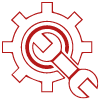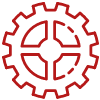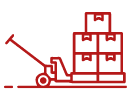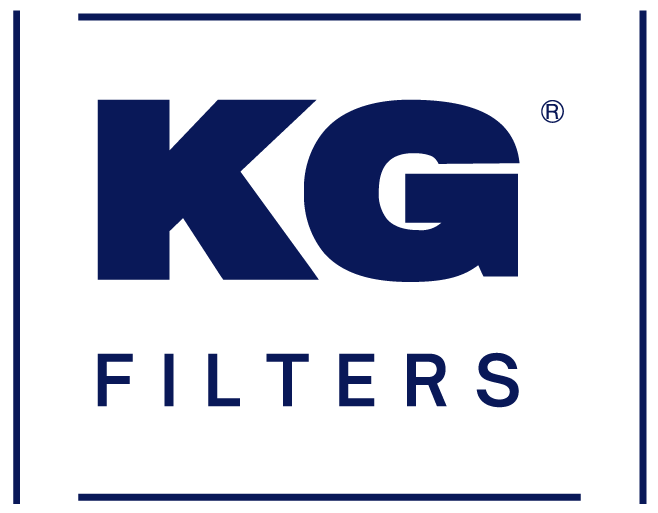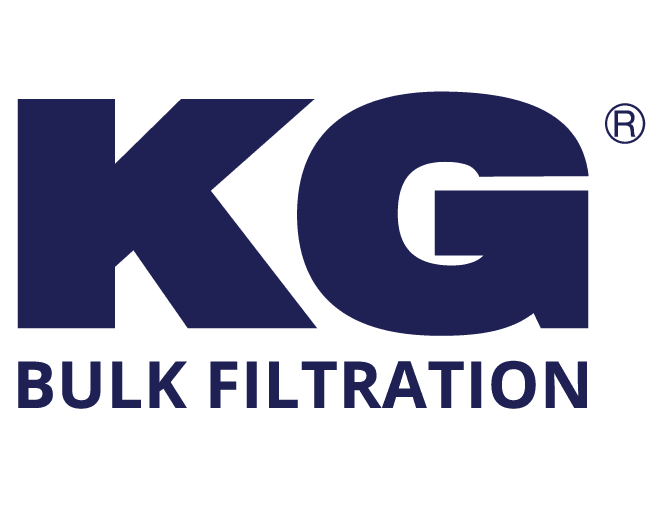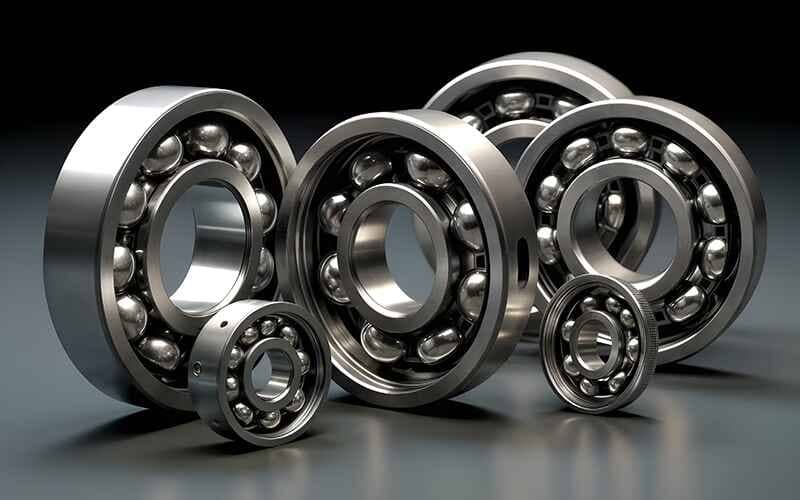In heavy vehicles and machinery, efficiency and reliability are paramount. One crucial component that significantly enhances machine performance is the ball bearings. These small but vital parts play a significant role in various applications, from automotive to industrial machinery. This blog aims to provide information about how ball bearings are used to enhance machine efficiency in heavy vehicles, the different types available, and the expertise of KG International in providing top-quality ball bearings.
What Are Ball Bearings?
Ball bearings are rolling-element bearings that use balls to keep the bearings races apart. Their primary function is to decrease rotational friction and support radial and axial loads. This is accomplished by utilizing at least two races containing the balls and facilitating load transmission. One race remains stationary, while the other is connected to the rotating assembly. As the balls rotate, they carry the load from the outer race to the balls and then from the balls to the inner race.
The Purpose of Ball Bearings in Heavy Vehicles
Ball bearings reduce friction between moving parts in heavy vehicles, enhancing efficiency and performance. These bearings are essential in various components, such as engines, gearboxes, and axles. By minimizing friction, ball bearings help reduce wear and tear, ensuring smoother operation and extending the lifespan of the vehicle’s components. The result is improved fuel efficiency, reduced maintenance costs, and better overall performance.
Types of Ball Bearings
There are multiple types of ball bearings, each designed for applications and performance requirements. Understanding the differences between these types is essential for selecting the correct bearings for a specific use.
Deep Groove Ball Bearings

Deep groove ball bearings are the most common type of ball bearings. They are versatile and can handle both radial and axial loads. Due to their durability and efficiency, these bearings are used in various applications, including heavy vehicles.
Thrust Ball Bearings

Thrust ball bearings are designed to handle axial loads only. They are commonly used in applications requiring high axial load capacity, such as automotive and industrial machinery.
Self-Aligning Ball Bearings

Self-aligning ball bearings have two rows of balls and a common concave sphered raceway in the outer ring. These bearings are ideal for applications where shaft misalignment is a concern. Heavy vehicles often use them to accommodate misalignment between the shaft and housing.
Angular Contact Ball Bearings

Angular contact ball bearings are engineered to manage radial and axial loads simultaneously. They are perfect for high-speed applications and are often used in the automotive and aerospace industries.
Stainless Steel Ball Bearings

Stainless steel ball bearings provide outstanding resistance to corrosion, making them perfect for use in challenging environments. They are commonly used in food processing, medical devices, and other industries where hygiene is a priority.
Ceramic Ball Bearings

Ceramic ball bearings are made from ceramic materials, offering high stiffness, low thermal expansion, and excellent corrosion resistance. They are used in high-speed applications and industries where precision and reliability are critical.
What Are Ball Bearings Used To?
Ball bearings find applications across a diverse array of industries. Their primary function is to minimize friction and support loads, thereby improving the efficiency and performance of machinery.
Automobile Industry
In the automobile industry, ball bearings reduce friction and support various components, including engines, gearboxes, and wheels. They ensure smooth operation and enhance the performance and longevity of vehicles.
Manufacturing Industry
In manufacturing, ball bearings are used in various machines and equipment to reduce friction, support loads, and ensure smooth operation. They are essential in maintaining the efficiency and reliability of production lines.
Robotics Industry
In robotics, ball bearings are used in robotic joints and actuators to reduce friction and enhance precision. They ensure smooth and accurate movements, which are crucial for the performance of robots.
Mechanical and Engineering Applications
Ball bearings are used in various mechanical and engineering applications, including pumps, compressors, and turbines. They reduce friction, support loads, and ensure the efficient operation of machinery.
Medical and Healthcare Applications
In the medical and healthcare industry, ball bearings are used in various medical devices and equipment, including imaging machines, surgical instruments, and diagnostic equipment. They ensure smooth operation and enhance the reliability and precision of medical devices.
The Perfection of KG International in Ball Bearings
KG International is renowned for its expertise in manufacturing high-quality ball bearings. Our bearings are crafted to deliver exceptional performance, durability, and reliability. We utilize advanced materials and manufacturing techniques to ensure that our bearings adhere to the highest standards of quality and precision.
Benefits of KG Ball Bearings
- Superior Quality: Our ball bearings are manufactured using the best materials and techniques, ensuring high performance and durability.
- Wide Range of Applications: We offer ball bearings suitable for various industries and applications.
- Expertise and Experience: With years of experience in the industry, we have the expertise to provide the best solutions for your needs.
- Customized Solutions: We offer customized bearings solutions to meet the specific requirements of our clients.
- Reliable Performance: Our ball bearings are designed to provide reliable performance, reducing maintenance costs, and enhancing efficiency.
Conclusion
Ball bearings are used to reduce friction, support loads, and ensure smooth operation. Identifying the different types of ball bearings and understanding their applications is crucial for selecting the appropriate bearings for a specific purpose. KG International offers superior-quality ball bearings designed to meet the highest performance and reliability standards.
For more information on our offerings and to find the best ball bearings for your needs, visit KG International. Our expert team is here to help you choose the correct bearings to keep your machinery running smoothly and efficiently.




